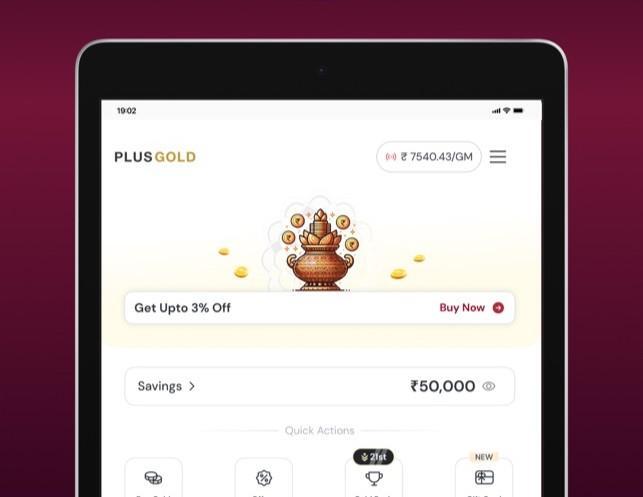
What does it take to launch a D2C brand today?
In today’s digital landscape, launching a Direct-to-Consumer (D2C) brand is no longer just about identifying a product-market fit. Founders who want to succeed in this space must build direct customer relationships, optimize logistics, and invest heavily in performance marketing. With rising acquisition costs, owning customer data and retention strategies becomes more crucial than ever. In this post, we’ll explore what it takes to launch a D2C brand today and how the most successful brands are aligning their operations, storytelling, and technology from day one.
Building Direct Customer Relationships
Building direct customer relationships is at the heart of a successful D2C brand. By cutting out intermediaries like wholesalers and retailers, D2C brands can build a loyal customer base and create a more intimate connection with their audience. This is achieved through various means, including:
- Email marketing: By collecting email addresses through sign-ups, loyalty programs, or purchase history, D2C brands can communicate directly with customers, share exclusive offers, and gather feedback.
- Social media: Engaging with customers on social media platforms helps build brand awareness, fosters loyalty, and allows for real-time customer support.
- Content marketing: Creating high-quality content (blog posts, videos, podcasts, etc.) educates customers, showcases the brand’s expertise, and establishes trust.
Optimizing Logistics
Effective logistics are crucial for D2C brands, as customers expect fast, convenient, and affordable shipping options. To achieve this, brands must:
- Partner with reliable carriers: Choose carriers that offer flexible shipping options, accurate tracking, and real-time updates.
- Implement a robust inventory management system: Ensure that inventory levels are accurate, and products are stocked accordingly to meet customer demand.
- Develop a returns and refunds policy: Establish a seamless returns process to minimize customer churn and maintain satisfaction.
Investing in Performance Marketing
Performance marketing is a critical component of a D2C brand’s growth strategy. To drive conversions, brands must:
- Leverage data and analytics: Monitor website traffic, conversion rates, and customer behavior to optimize ad spend and targeting.
- Utilize multiple marketing channels: Experiment with different channels like Facebook Ads, Google Ads, influencer marketing, and email marketing to find what works best.
- Focus on customer lifetime value (CLV): Measure the value of each customer to justify marketing spend and optimize marketing strategies accordingly.
Owning Customer Data and Retention Strategies
In today’s data-driven economy, owning customer data is more important than ever. To achieve this, D2C brands must:
- Implement a customer relationship management (CRM) system: Manage customer interactions, track behavior, and analyze data to inform marketing decisions.
- Develop a data-driven marketing approach: Use data to create targeted campaigns, personalize customer experiences, and identify areas for improvement.
- Focus on customer retention: Measure customer churn rates and develop strategies to reduce them, such as loyalty programs, exclusive offers, and personalized support.
Alignment of Operations, Storytelling, and Tech
Successful D2C brands recognize the importance of aligning their operations, storytelling, and technology from day one. This alignment enables them to:
- Develop a strong brand narrative: Communicate the brand’s mission, values, and purpose through every touchpoint, from packaging to content marketing.
- Integrate technology and logistics: Leverage technology to streamline logistics, automate processes, and improve customer experiences.
- Foster a culture of innovation: Encourage experimentation, data-driven decision-making, and continuous improvement to stay ahead of the competition.
Conclusion
Launching a D2C brand in 2025 requires more than just product-market fit. Founders must build direct customer relationships, optimize logistics, and invest in performance marketing while owning customer data and retention strategies. By aligning operations, storytelling, and technology from day one, brands can establish a strong foundation for long-term success. As the D2C landscape continues to evolve, it’s essential for founders to stay focused on these key areas and adapt to changing consumer preferences and market trends.
Source: https://www.growthjockey.com/blogs/launching-d2c-brand






